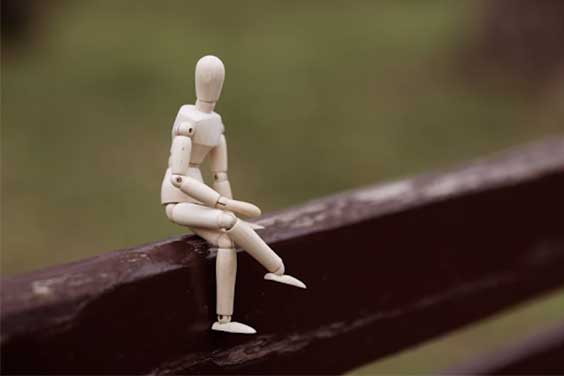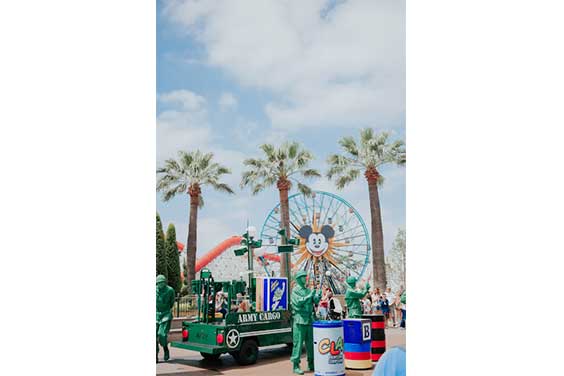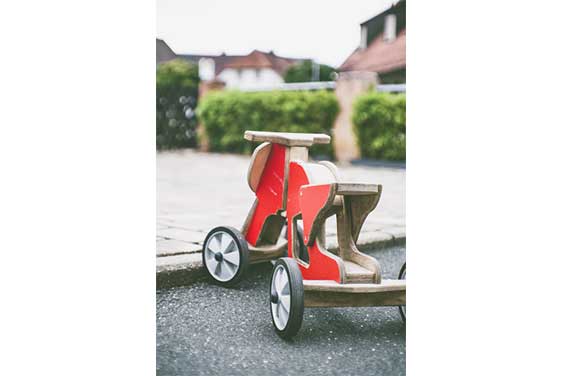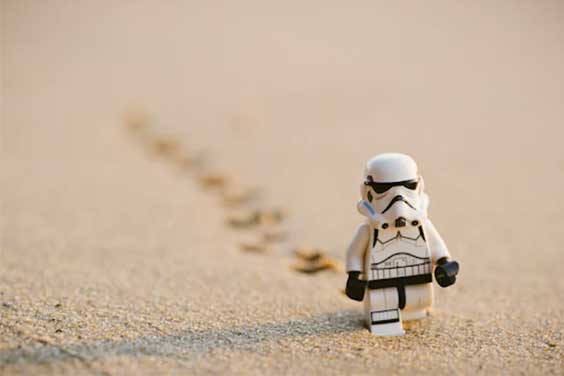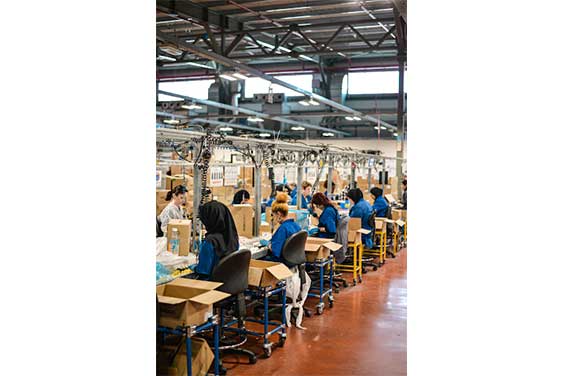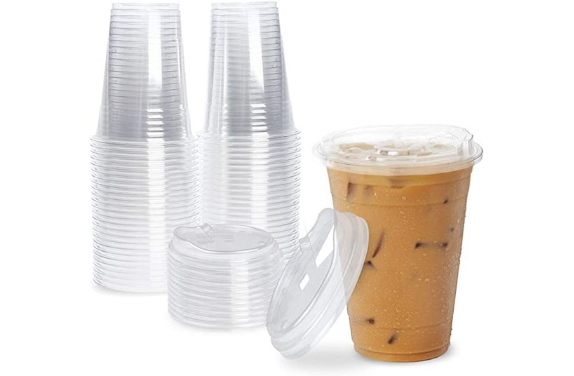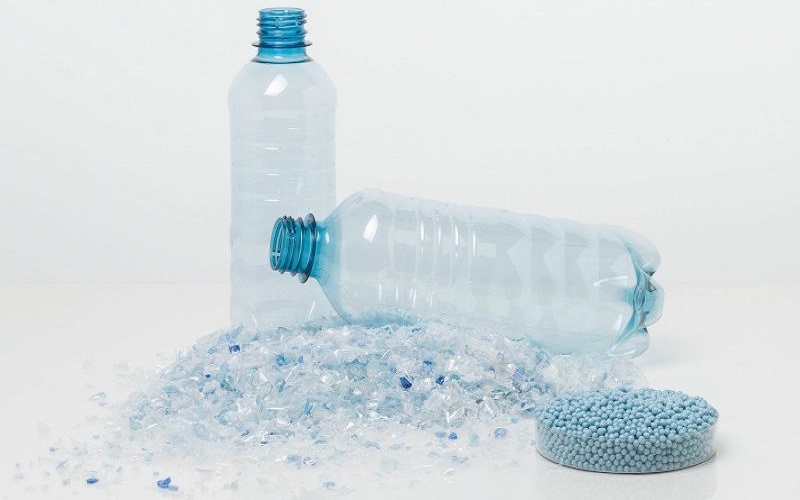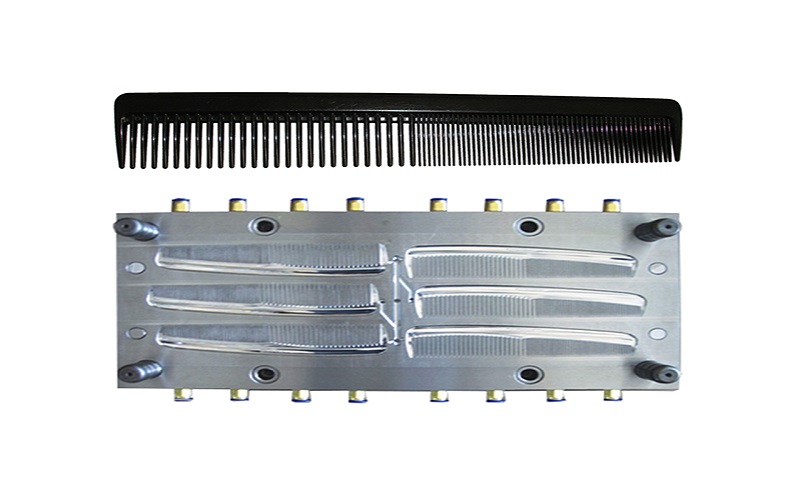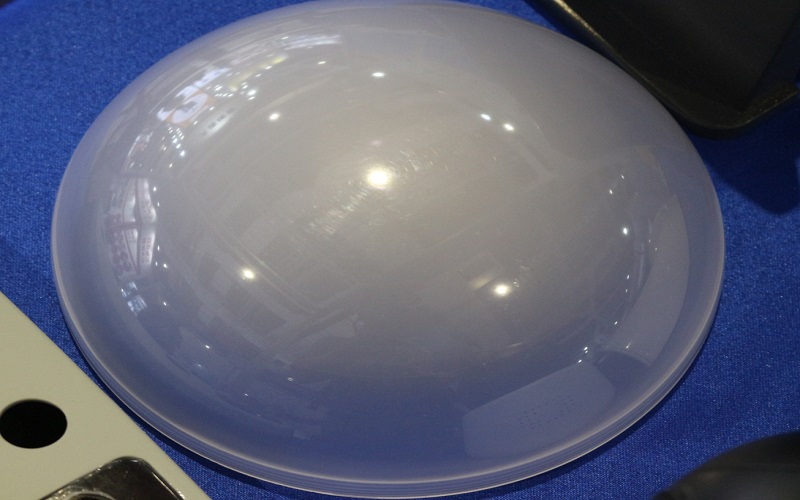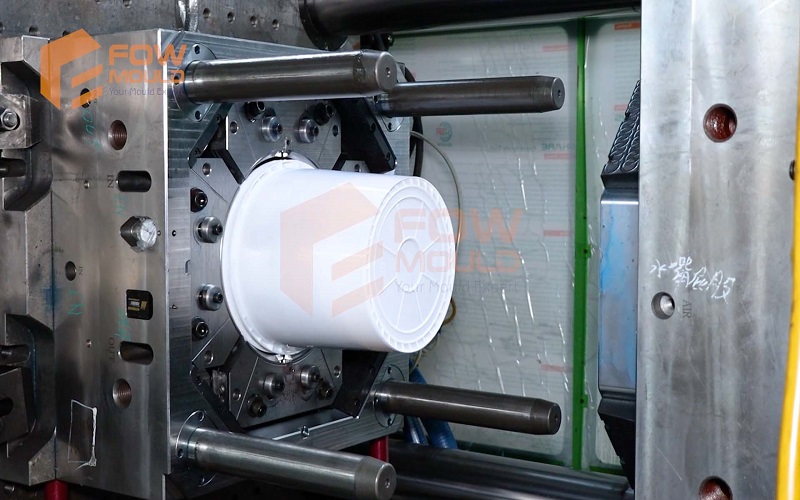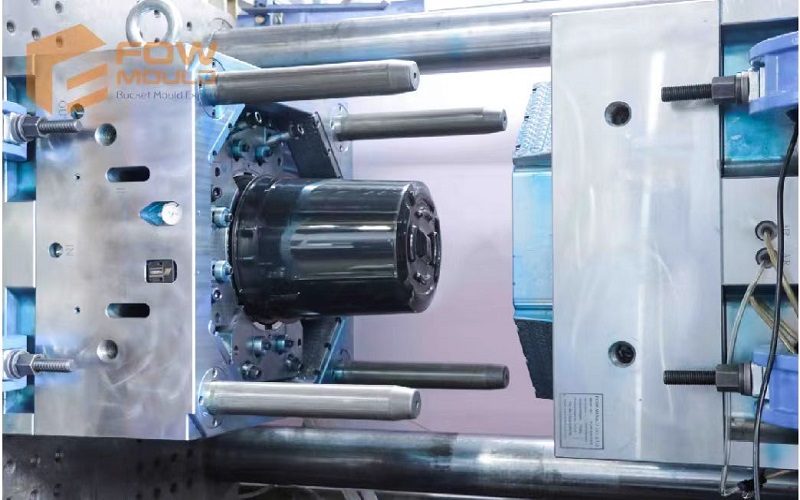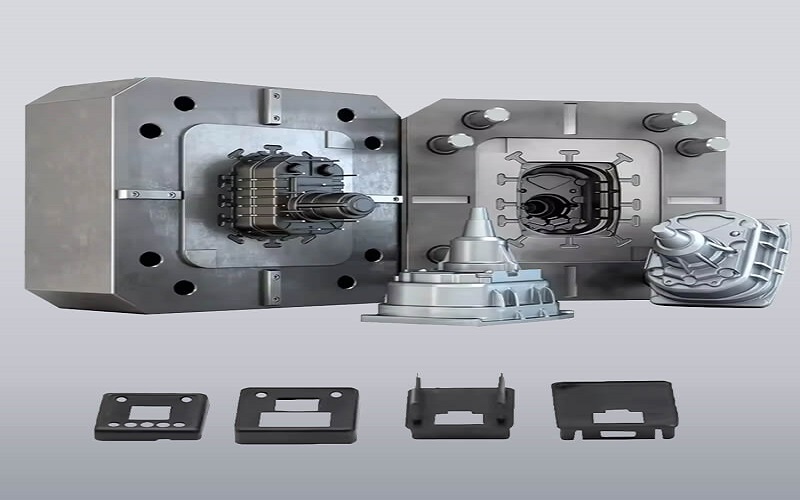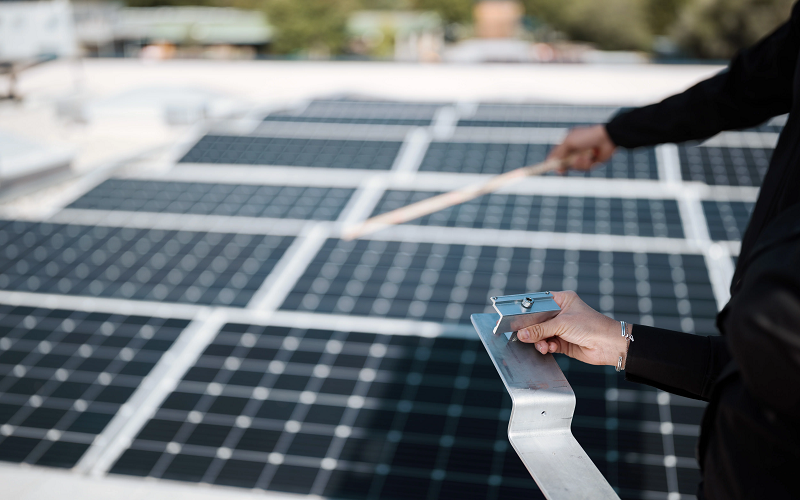
How to Get a Toy Prototype Made
- Home
- > Blog
Share :
Share :
So you’ve come up with a toy idea and you’re confident it’ll be a smash – that’s a fantastic start, but it’ll most likely be the simplest part of getting it to market. From there, you’ll need to create prototypes, convince a toy business to acquire or license your concept, or — for those who want to forge their own path — locate manufacturers and retailers who can build and distribute the toy. Not to mention company planning, marketing, and financing.
It’s a difficult path, but it’s not impossible. Here’s a step-by-step method to taking your toy ideas from concept to reality.
Conceptualization
The first step in the process of creating a toy is to come up with a concept such as mould design for toys. For several entrepreneurs, this is the most difficult aspect of the process.
Here are a few things to think about.
1. How Unique is the Idea?
The first stage is to do research in both official and informal settings. Read industry trade journals, particularly those that come out immediately after toy shows. Second, go to a range of stores, ranging from major chain stores to small local shops. Plan your trips to coincide with the introduction of new items.
2. Capability of Selling
Once you’ve determined that your product concept is distinctive and viable, the following step is to see if it appeals to customers.
A few key considerations to consider while determining the worth of your idea:
- Is the toy made to last?
- Is the item worth the price tag?
- Is it in accordance with all safety norms and regulations?
- Will kids love this toy?
- Is there room for expansion?
3. Cost-Effectiveness
Begin by creating a prototype to assess cost-effectiveness. You may evaluate the expenses of creating the prototype and make estimated assumptions based on various accounting techniques. It must be equivalent to the price range of other items in the same category that are already available on the market. This will assist you in ensuring that you can offer your goods at a competitive price.
4. Safety
The safety requirements differ depending on the age range and the country in which a product is offered. Learning your target audience will assist you in researching the specific requirements your product must fulfill in order to be declared safe. When creating a toy, it is critical to ensure that it is safe for children.
5. Legalities
Obtaining legal protection entails applying for a patent or trademark. It is critical to understand legal protection while creating your own toy. A patent search is an initial stage in acquiring a patent. Your market research will be incomplete if you do not include this stage, as toy manufacturers will have patented products that are still not on the shelf.
Identifying the Target Audience
It’s essential to know who your intended audience is. Identify which sex and age category the item is most suited for, and study what other hobbies your target audience enjoys the most.
Categorizing a specific target demographic will assist in directing promotional and packaging efforts toward a certain look that will best appeal to this group. It will aid in determining a fair manufacturing cost as well as a competitive market pricing for the goods.
Creating the Design
You may build the design once you have a solid idea and a suitable target audience. The list that follows is a step-by-step instruction to the same.
1. Brainstorming
That is when the creativity, fieldwork, and investigation of your concept come in useful. The brainstorming session will assist you in developing a guiding vision for the remainder of the process. Re-visit your brainstorming session if you ever get undecided about a move regarding the toy production process.
2. Toy Sketch Preparation
Enlist the aid of a design firm/expert or do the toy sketches yourself. This design should incorporate all of the complexities that emerged throughout the brainstorming process. Consider things like size, color, and potential variants.
3. Have a 3D Representation
Once the drawing is complete, it is time to build a 3D representation. You may employ advanced prototype molding development specialists. Professionals will create a more polished presenting model. You can even take a more conventional approach, such as commissioning a wax modeler to produce a handcrafted 3D representation of the item.
Prototyping
Finding out how to make a toy prototype is an important stage in the toy production process. A finished prototype might help you market your concept to toymakers. It’s also a decent indicator of how many resources you’ll need to mass-produce the item. When developing a prototype, several essential elements must be considered, including the manner of manufacturing the toy, the creation of a mold, and the selection of materials.
Finding a Factory
You must contact a suitable factory for plastic injection molding service and massive product. Working with a toy store may help to speed up the process. Most toy retailers have long-term partnerships with wholesale toy producers and numerous facilities that have a variety of toy production machinery.
To outsource the manufacturing process to another country, you must undertake fieldwork to confirm the reliability of the contractor. The factory you select must fulfill all of your specifications in order to manufacture a safe and long-lasting toy.
Consider the following details;
- Is the factory equipped with the molding pieces needed to produce the toy?
- Are there enough assembly lines available if several molds are used?
- Is there a strict quality control department in charge of overseeing the process?
- Are the outgoing batches of toys checked for safety on a regular basis?
- Do they satisfy your specific packaging needs?
Supply Chain
At this point, you have a thorough understanding of the toy production process. This procedure, however, would be incomplete unless the supply chain was mentioned. Remember to follow these steps:
1. Planning
This stage includes everything that must be completed before mass production may begin:
- Developing an Idea
- Making a Prototype
- Identifying a Manufacturing Plant
2. Procurement Processes
Competitive bidding activities and investment-to-profit ratio analyses are used to obtain the necessary equipment, services, and resources to begin the production process.
3. The Manufacturing Process
Manufacturing a product necessitates the use of raw materials, machinery, analytics, and other industry expertise. The following are some of the most important steps:
- Forecasting
- Identifying bottlenecks in the process
- Analysis of performance accounting
- Management of efficiency and productivity
4. How to Deliver
Different approaches, such as cross-docking, can improve the process tied to a specific location and method of delivery. Wholesalers play an important role since the movement of merchandise is dependent on them. Building long-term relationships, as well as determining delivery schedules and techniques, might be difficult if you work alone.
5. How about Retailing
You must examine the incentives offered to merchants in order to determine a suitable margin and promo shelves. These incentives keep businesses motivated to present items in the best possible location depending on consumer behavior.
6. Consumption
A thorough study is required to determine the pricing, enable sales returns, product positioning, and meet consumer requests. Each stage is determined by a comprehensive study of customer behavior, a complete analysis of data gathered through CRM, and other variables. Also, have a policy for handling any defects in your products.
Table of Contents
The Bottom Line
Many people find the toy production process and the toy business, in general, to be intimidating. For even the most experienced entrepreneurs, the sheer quantity of alternatives and their ramifications may be daunting. In case you consider manufacturing your own toys, consider maintaining a relationship with one reputable molding manufacturer, since chances are they might throw in a couple of discounts just to keep you on their client list. All the best with your toy design process!

